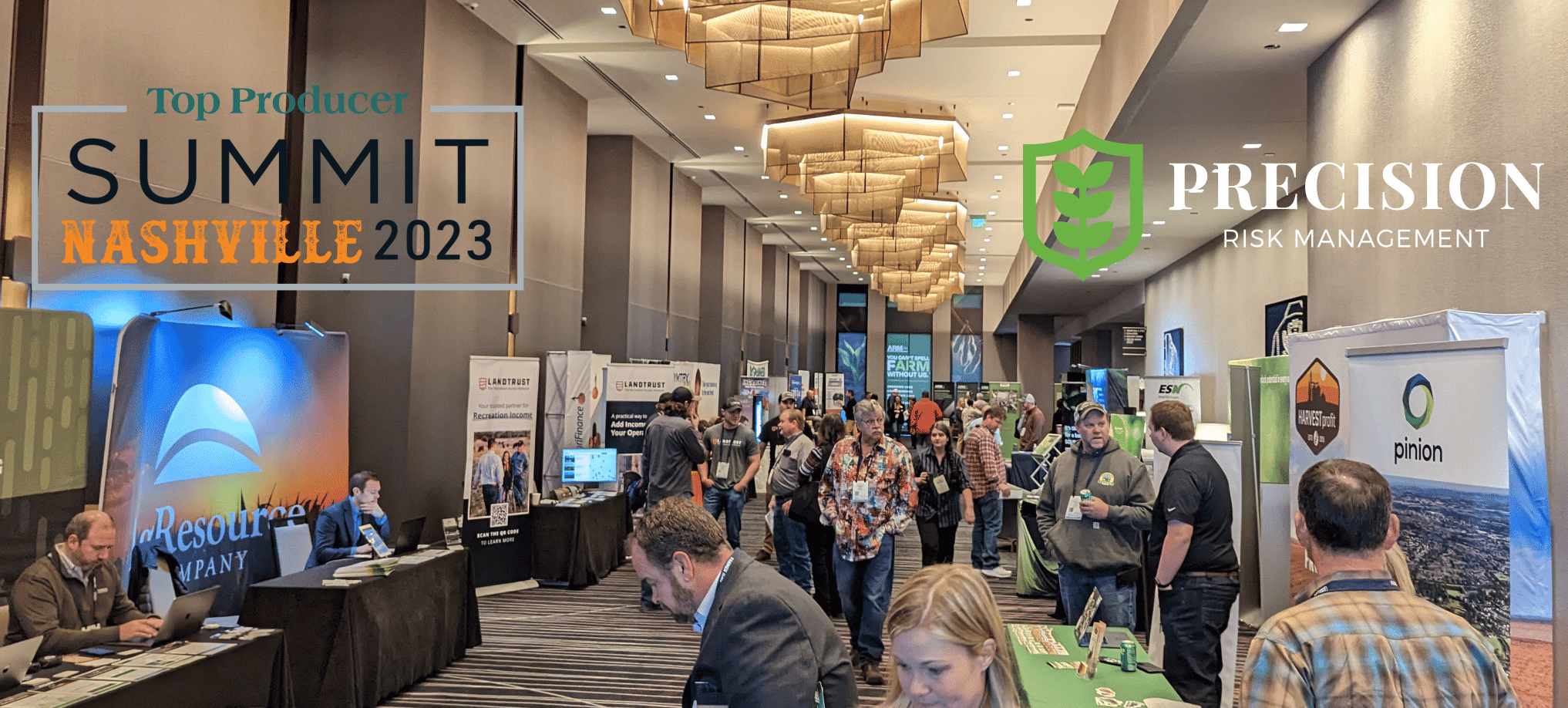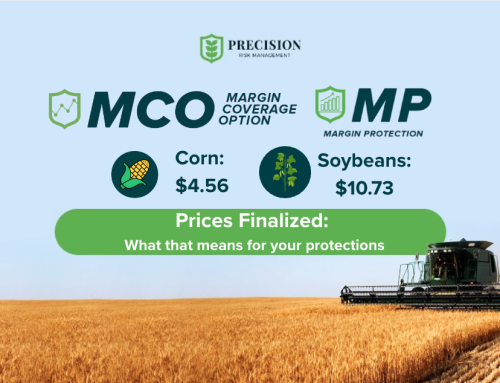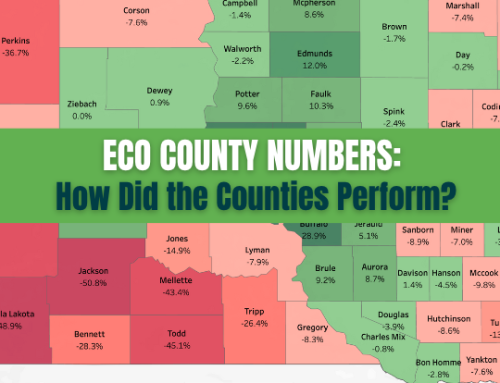The Top Producer Summit brings together some of the largest and most efficient producers in North America. The Top Producer Summit Banquet honors the producers pushing the boundaries of agriculture. Winners of the Top Producer award are not about having the largest operations. It is about bringing innovation, community and effectiveness to ag.
The 2023 Top Producer of the Year is Silent Shade Planting Company. The Jack Family was recognized at the Top Producer Banquet. The family farms more than 11,000 acres across the Mississippi Delta growing cotton, corn, soybeans, and rice. You can read their full story at AgWeb.
Besides the main award, Top Producer also recognizes a producer under the age of 35 who demonstrates excellence in the business of farming. Congratulations to Trey Wasserburger, the 2023 recipient of the Tomorrow’s Top Producer Horizon Award. You can read his story at Agweb.
Key takeaways
- Future of farming will require the adoption of “relentless innovations”
- Your operation can be excellent or mediocre. It is a choice
- Sell crops based on profit margins, not just commodity prices
- Top Producer winners are emulating what is being taught at the Summit
Excellence and Mediocrity is a Choice
Farming excellence is a choice says, Bret Oelke, Innovus Agra. Mediocrity is also a choice. It is up to the producer. Oelke was not mincing words. Farmers should not be at the county yield average. To be excellent you need consistent high yields while maintaining quality. If a farmer is not at the top end of county averages, they need to ask themselves why. A farmer either has below-average land or are not as good as their competitors. Tough words.
For excellent top producers, self-awareness is critical. You need to know what you don’t do well. No one does everything perfectly. Every operator and operation can improve. Standing still is the same as moving backward.
To be excellent leaders of operations, they need to know their true cost of production. With margins shrinking with higher input costs, this is a necessity. Machinery costs, overhead costs, and life insurance premiums with estate planning; everything needs to be taken into consideration. Oelke said as he drills his customers, he finds even the best operators are not capturing their full cost of production.
Top producers need to think bigger to be excellent. They need to examine the threats to their operation. Not many operators do a SWOT analysis, but they should. Annual SWOT analysis can show changes over time and help identify new weaknesses and threats.
Decisions should be made with data and numbers instead of emotion. Most operations don’t have a decision-making process in place. When opportunities or threats arrive, does the decision maker already know how to come to the best conclusion? This is especially true in marketing. Does your decision-making process account for true production costs when prices begin to slide? Is the operator ready to buy or hold without emotions? Get a process is place before the decision arrives.
Future of Farming
Leading companies embrace change, said Rob Dongoski. The world of ag will never become less complex. Top producers need to embrace “relentless innovations” in technology and practices to stay ahead. Data and analytics-driven production can’t be optional.
In the future of farming, the trend of farms getting larger will continue. Small farms will continue to become scarcer with consolidation. The consolidation could drive competition for acres and increase cost of acquiring new land.
The need for complex risk management and long-term planning will become even more important. Balancing capital deployment, marketing strategies, crop mix and other factors will become key to staying profitable in more competitive and uncertain environments.
How to Protect your ROI
What makes a commodity price “good” is different for each operation says Matt Bennet with AgMarket. There is an endless amount of analysis to predict the highs and lows of commodity markets but top producers should not be looking to find the peak. Instead, producers should be protecting their profit margins.
It is a theme across most of the Top Producer Summit. Running a top operation is mostly running a business instead of hands-on farming. Leaders and decision-makers should be concerned about their input costs and cost of production to lead them to what their profit margins are.
Once costs are understood, a producer can lock in inputs and use marketing to hedge. This locks in a guaranteed profit margin. The wild swings of the commodity prices have a reduced impact on the operation. Sell crops based on profit margins, not just commodity prices.






